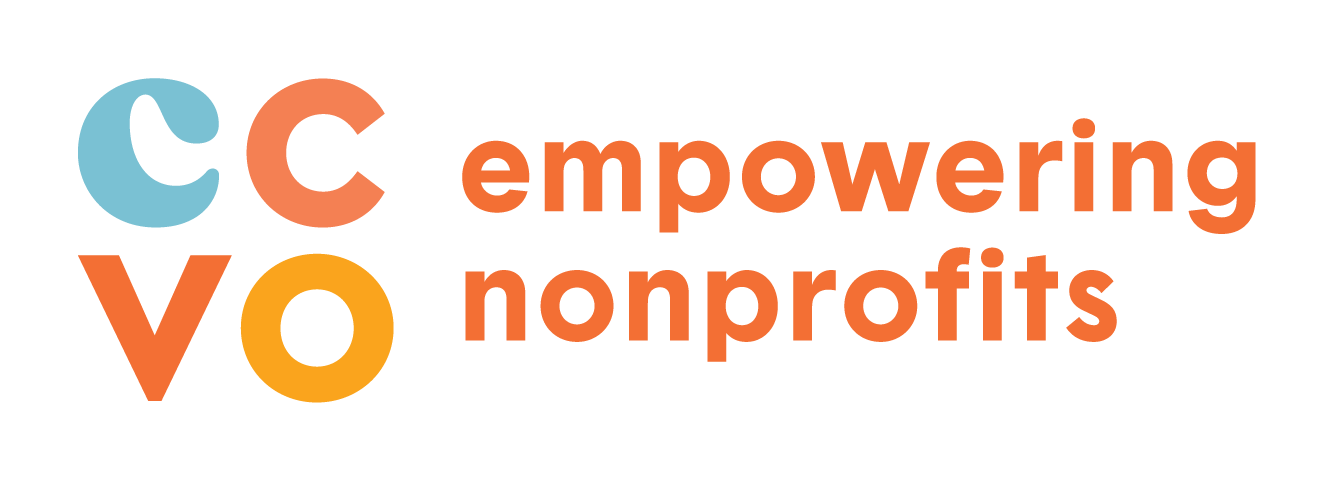A Charity’s Guide to the Canada Revenue Agency
By CCVO Guest Blogger Robin Butler, The Catalyst Group
In order to become a registered charity, you must apply for such status with the Canada Revenue Agency (CRA), which can be a time consuming process. This may be an important step to securing funding as only registered charities can issue receipts that make the donations eligible for a tax credit on an individual donor’s personal income tax return. Registration does, however, mean that there is more extensive reporting, rules that must be complied with, and an increased probability of being selected for audit.
Legal Issues for Charities
Charities must file an annual charity information return (T3010) with the CRA, maintain reporting transparency, and issue official donation receipts. A T3010 information return has several schedules that may or may not be applicable, based on the charity’s activities (i.e. schedules that report directors, foreign activities, employees, large foreign donations, gifts in kind, etc.). It is important that all applicable schedules are completed correctly and sent in to the CRA no later than 6 months after the charity’s designated fiscal year end. In addition to this, the CRA issues guidance on fundraising, and detailed accurate books and records must be kept. Charities must also generally meet an annual spending requirement (disbursement quota) and engage only in allowable activities (either by carrying out their own charitable activities, or gifting to a qualified donee).
Issuing complete and accurate donation receipts is also incredibly important to maintaining compliance. This checklist from the CRA details what information should be on the receipt.
CRA Audit Process
A charity is selected for an audit for a variety of reasons. It can be random, it could stem from complaints from the public, or it could be as a result of non-compliance issues in the past. Other factors that could merit a selection for an audit could be media articles, information from a filed tax return, or other public sources.
When a charity is selected for an audit the CRA will look over the finances as well as the programs. They’re looking to make sure the organization is operating solely for charitable purposes and is following the rules. During this process the CRA works with the charity and accepts any information the charity is able to provide.
Once the audit is complete, the CRA will issue a report. If the registered charity disagrees with the contents or findings in the report, an avenue for appeal is available, but such appeal must be timely filed.
A couple of years ago the CRA introduced a new program called the Charities Education Program (“CEP”). The goal of this program is to help charities comply with the requirements. For more information on this program, visit the CRA website.
The CRA also created a number of checklists on activities, receipting, bookkeeping and more to help with compliance. You can find these checklists here.
Catalyst works extensively with not-for-profits and registered charities on all accounting related matters including bookkeeping, financial and tax reporting, audit support, and senior financial professional outsourcing (CFO support). They also host roundtable sessions to assist charities with their operations.
With a team of dedicated specialists in this area, Catalyst becomes a key member of the not-for-profit or registered charity’s team to align performance and organizational goals. There are several web-based programs that can assist in reporting requirements for a charity. Recently, Catalyst was named one of the fastest growing cloud accounting firms in Canada; they would be thrilled to bring their knowledge in this area to your organization.
Feel free to contact Robin at Catalyst at 403-767-1546 or robinB@thecatalystgroup.ca.

